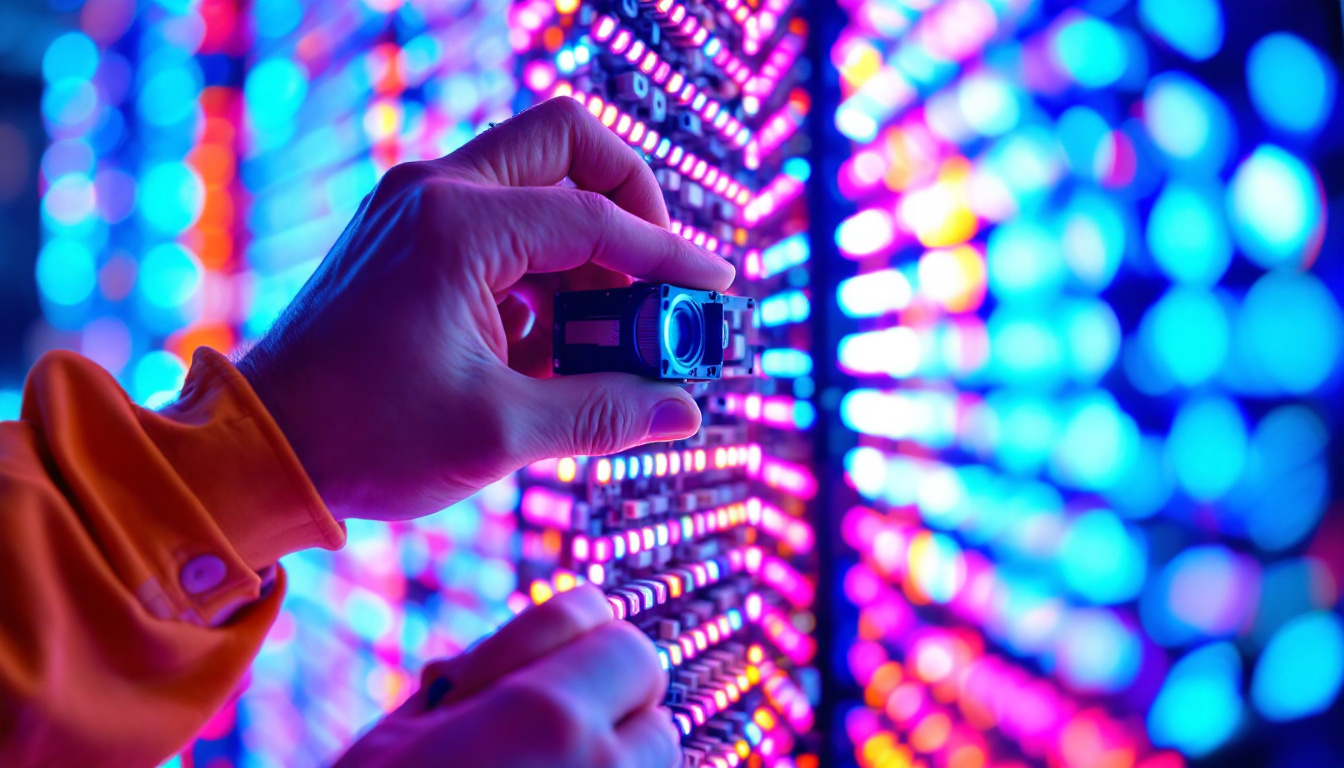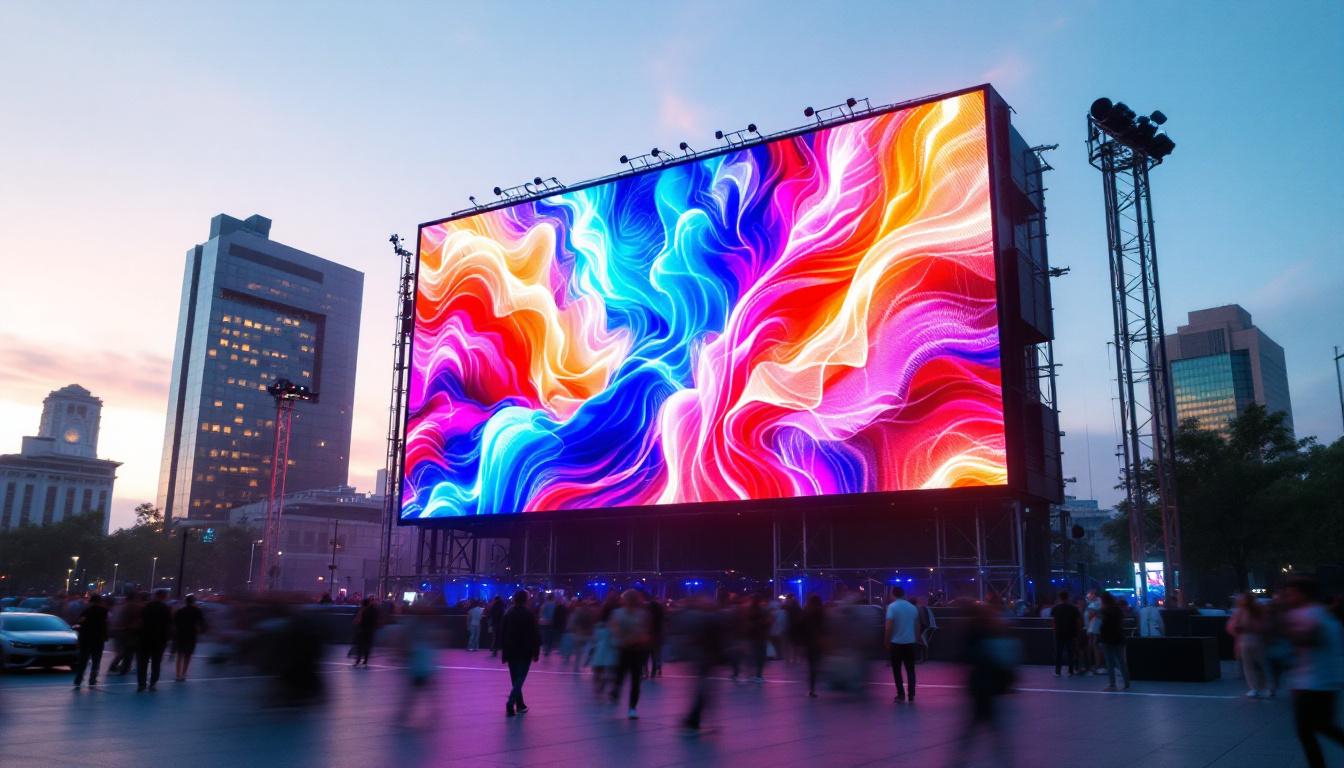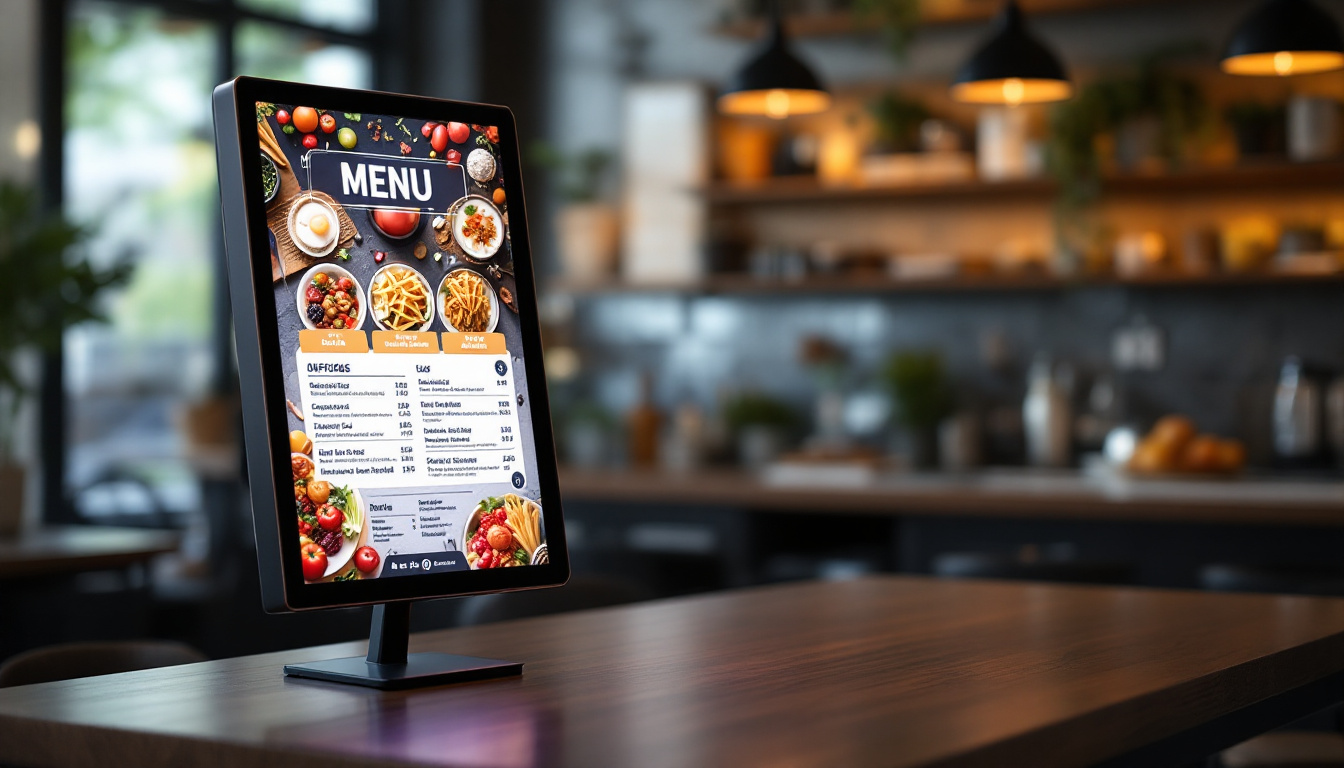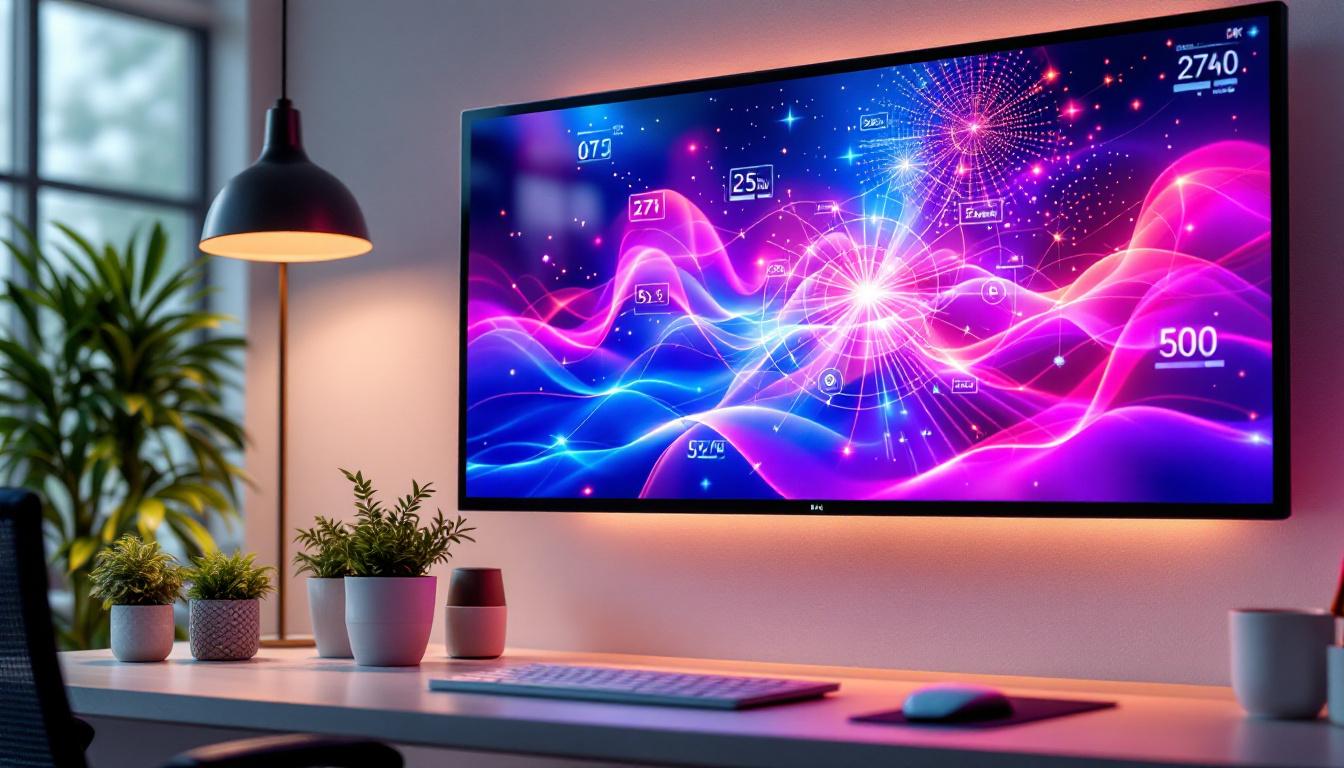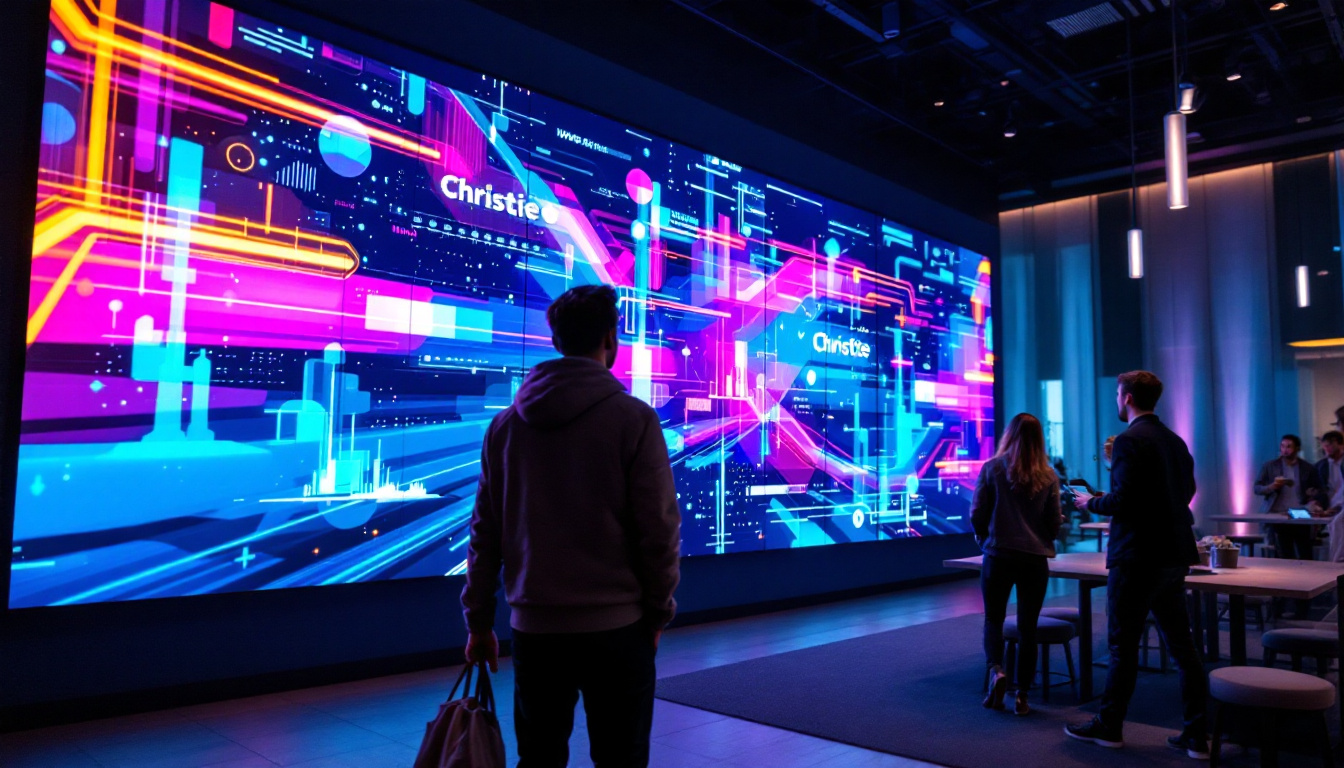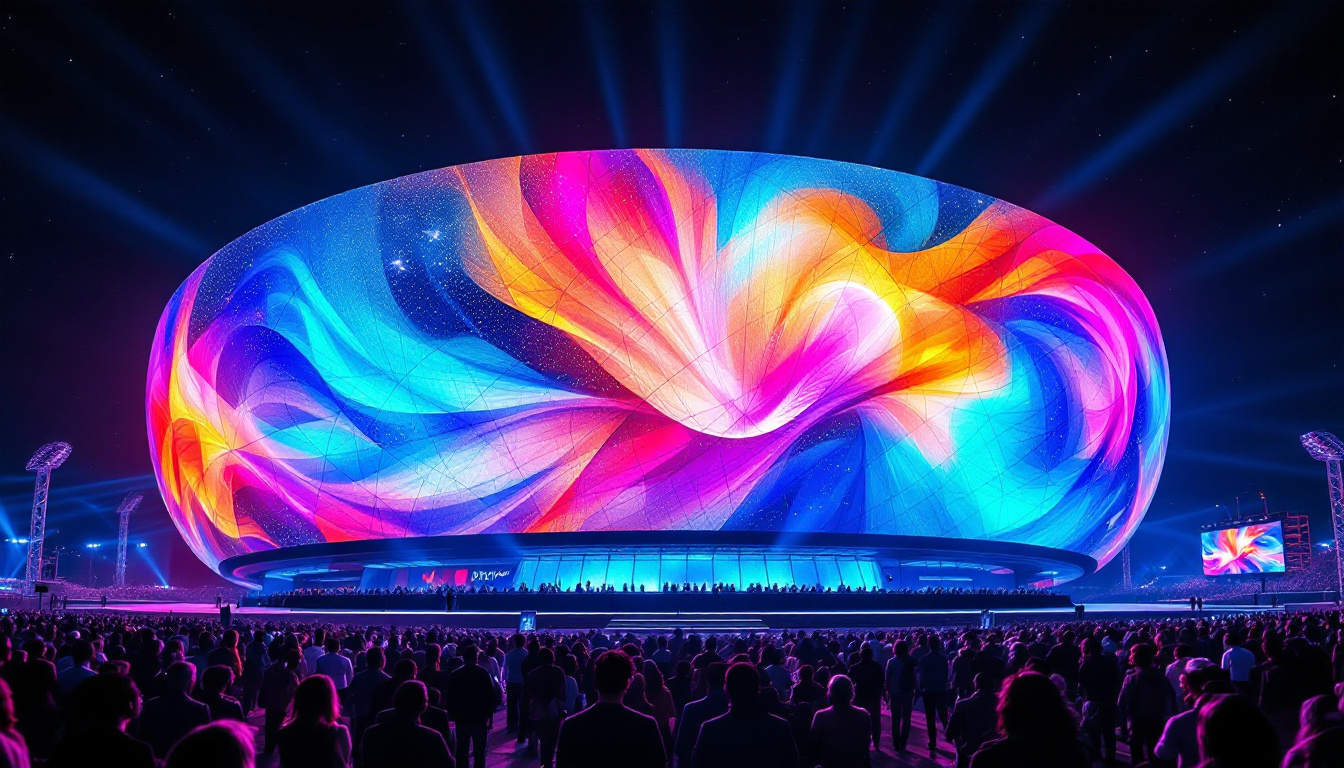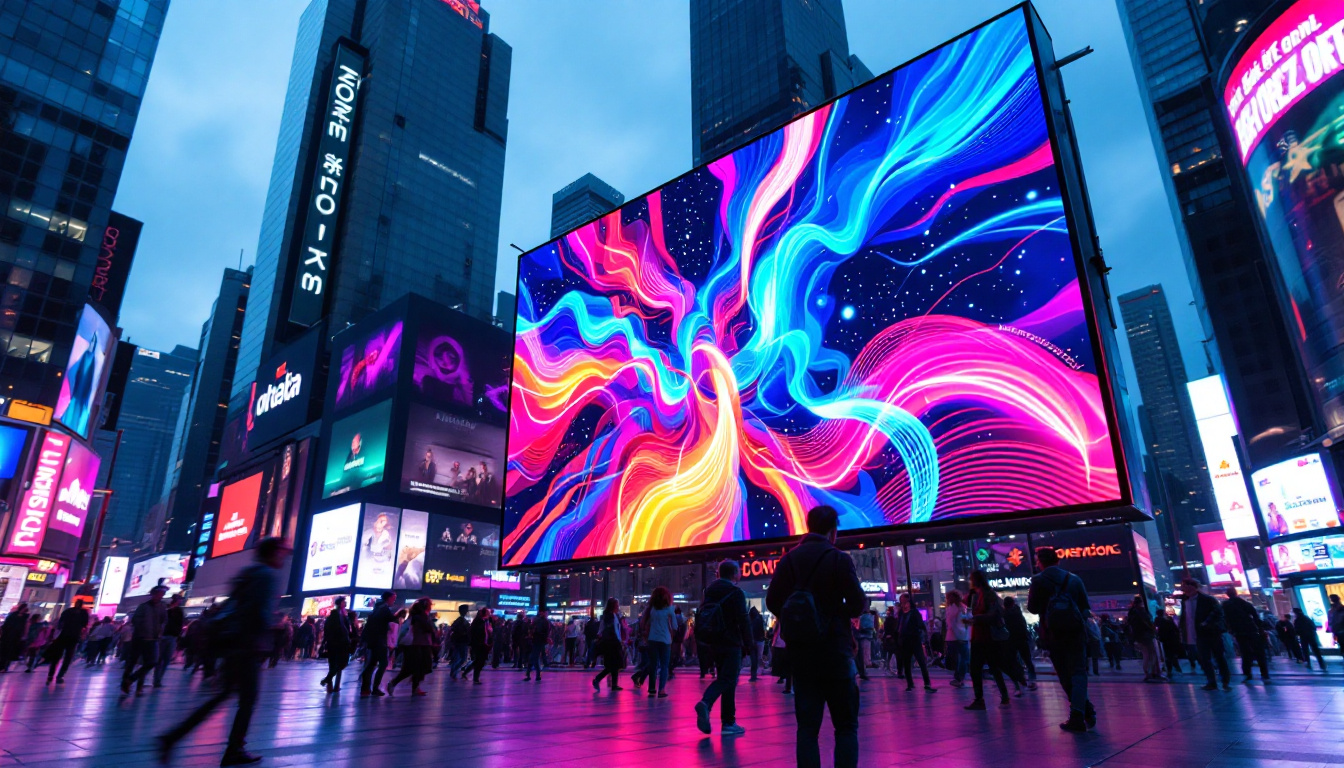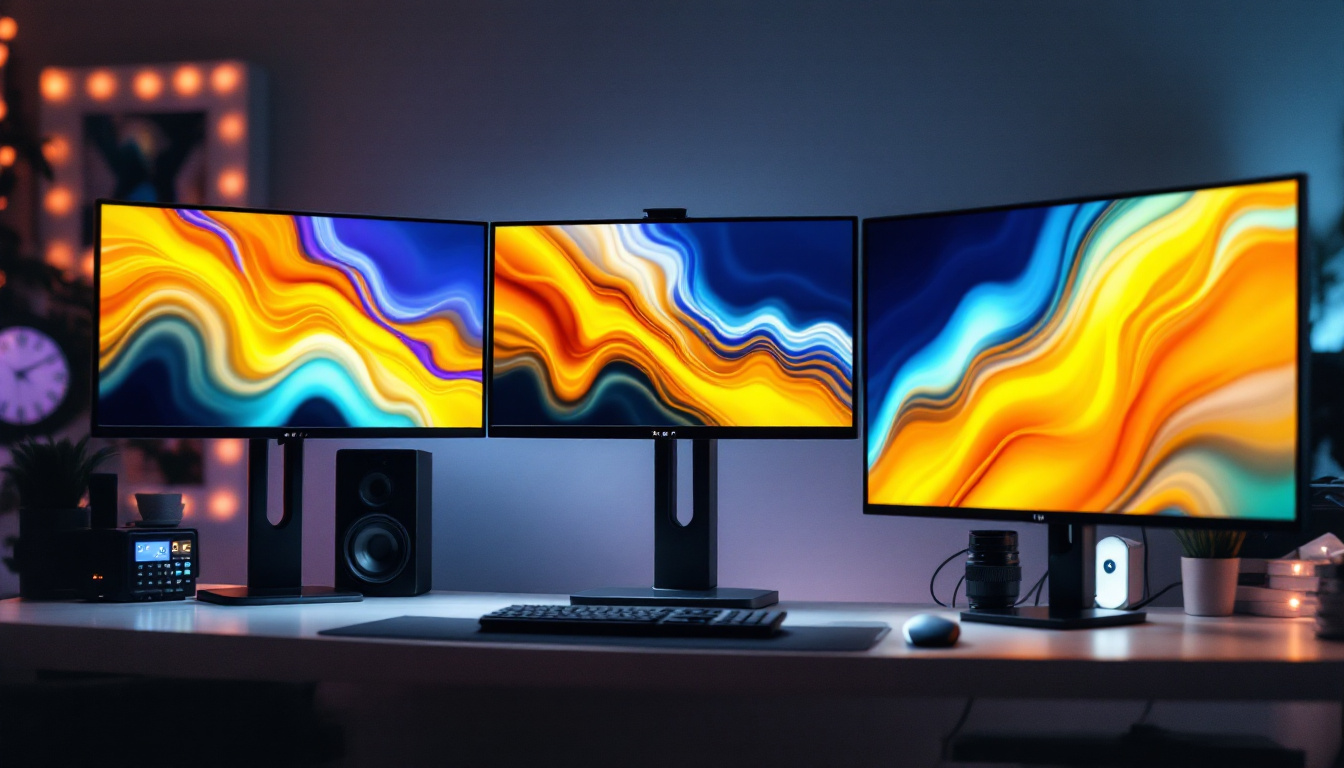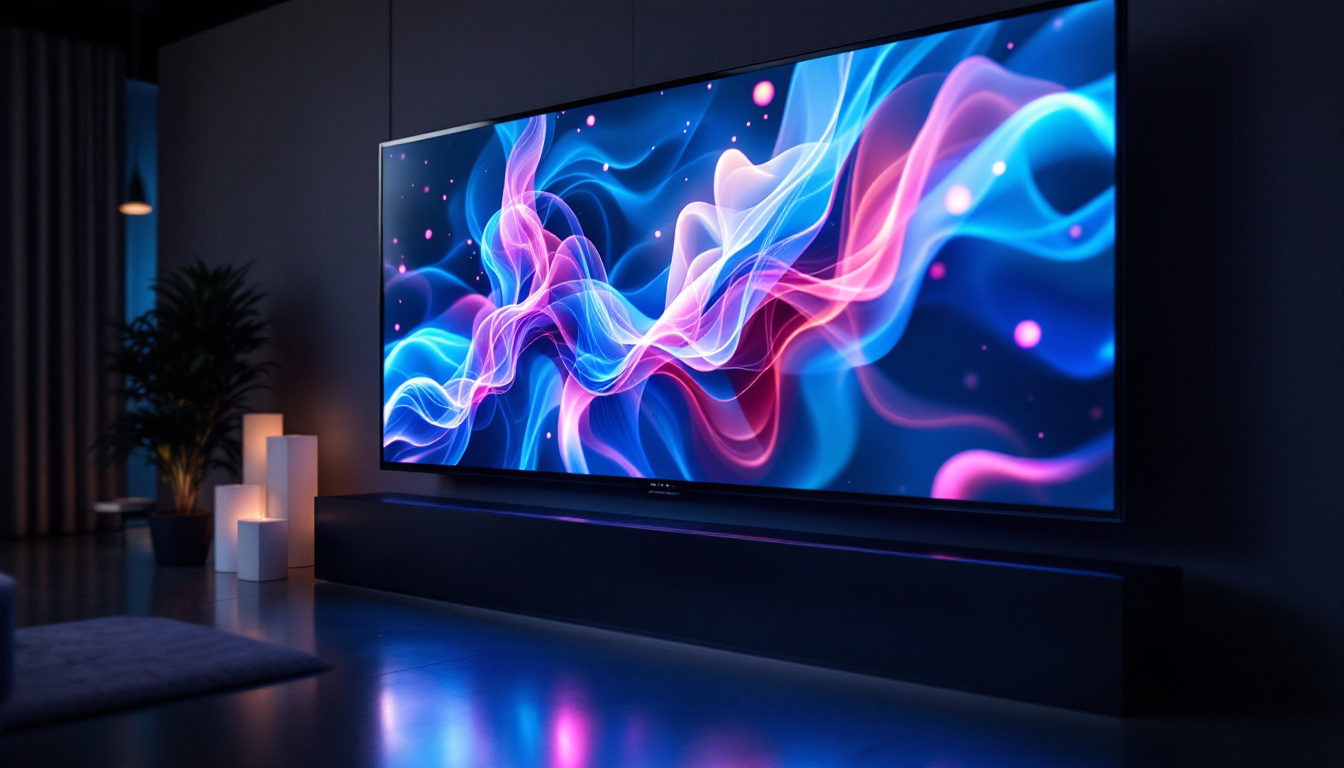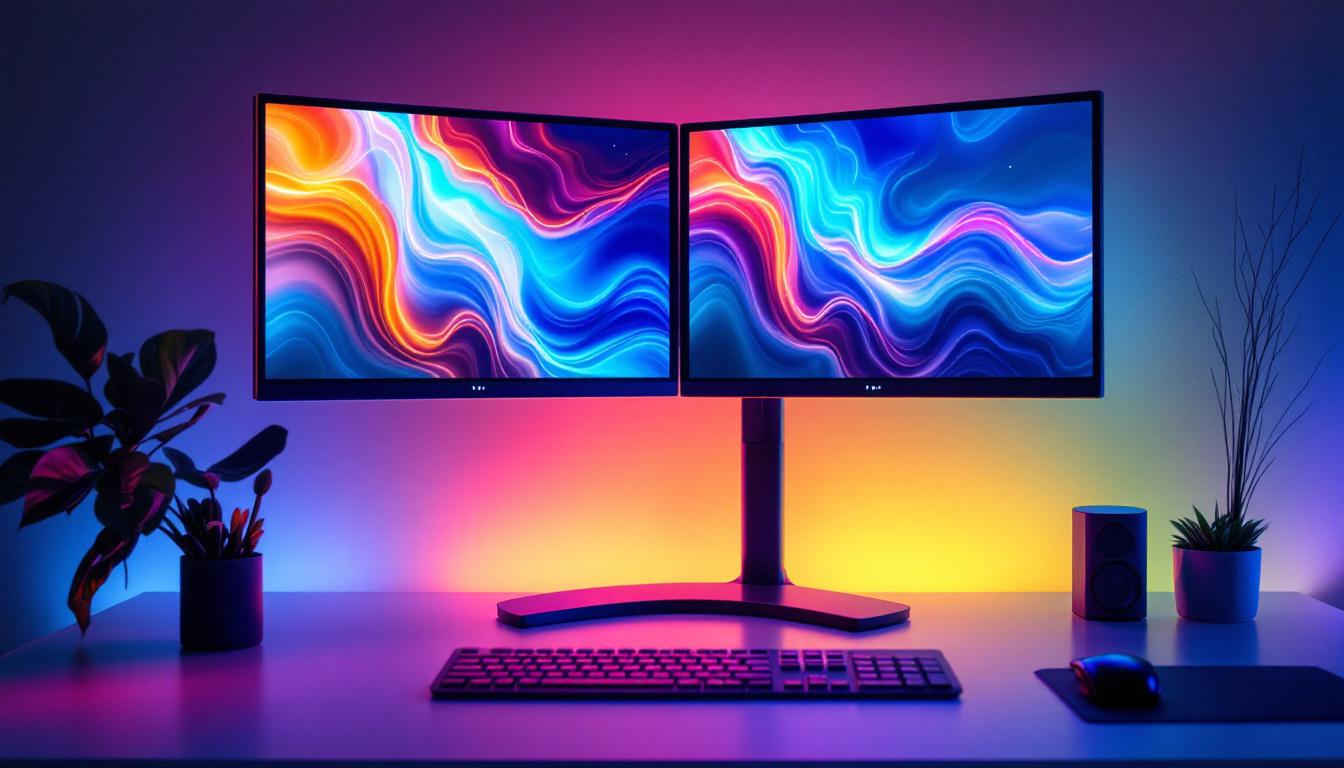Touch Screen LED Panel: LED Display Explained
In the modern digital landscape, touch screen LED panels have emerged as a pivotal technology, transforming the way information is displayed and interacted with. These devices are not just tools for communication; they serve a myriad of purposes across various sectors, including education, retail, and entertainment. This article delves into the intricacies of touch screen LED panels, exploring their functionality, applications, and the technology behind them.
Understanding Touch Screen LED Panels
Touch screen LED panels combine two significant technologies: LED display technology and touch screen functionality. The result is a versatile device that allows users to interact with digital content in a more intuitive manner.
What is an LED Display?
LED stands for Light Emitting Diode, a technology that uses semiconductor materials to emit light when an electric current passes through them. LED displays are known for their brightness, energy efficiency, and vibrant color reproduction. Unlike traditional LCD screens, LED displays can produce deeper blacks and a wider color spectrum, making them ideal for various applications.
LED displays are composed of numerous tiny pixels, each capable of emitting light in different colors. When these pixels are combined, they create images and videos that are sharp and clear. The use of LED technology has revolutionized the display industry, leading to thinner, lighter, and more energy-efficient screens. Furthermore, advancements in LED technology have introduced features such as high dynamic range (HDR) and 4K resolution, which enhance the viewing experience by providing more detail and contrast in images. This makes LED displays not only suitable for entertainment but also for professional environments such as design studios and medical imaging, where precision is crucial.
The Touch Screen Functionality
Touch screen technology allows users to interact with a display by touching it directly. This interaction can take various forms, such as tapping, swiping, or pinching, making it a more engaging experience compared to traditional input devices like keyboards and mice.
There are several types of touch screen technologies, including resistive, capacitive, and infrared. Capacitive touch screens are the most common in LED panels due to their responsiveness and ability to recognize multiple touch points simultaneously. This feature is particularly useful in applications that require gestures, such as zooming in and out or scrolling through content. Additionally, the integration of multi-touch capabilities has opened up new possibilities for interactive applications, such as gaming and educational tools, allowing for collaborative experiences where multiple users can engage with the content at the same time. The seamless interaction provided by touch screens enhances user engagement, making them a popular choice in retail environments, kiosks, and smart home devices.
Applications of Touch Screen LED Panels
The versatility of touch screen LED panels has led to their adoption in numerous fields. From interactive kiosks in retail stores to educational tools in classrooms, these displays are making a significant impact.
Retail and Advertising
In the retail sector, touch screen LED panels are used to create engaging advertising displays. These panels can showcase products, provide information, and even allow customers to make purchases directly from the screen. Interactive displays enhance the shopping experience, enabling customers to explore products in a dynamic and engaging way.
Moreover, touch screen LED panels can be integrated with data analytics tools to provide real-time insights into customer behavior. Retailers can track which products attract the most attention, allowing them to optimize their marketing strategies accordingly.
Education and Training
Educational institutions have also embraced touch screen LED panels as a powerful teaching tool. These panels facilitate interactive learning, enabling teachers to present information in a visually appealing manner while allowing students to participate actively.
In classrooms equipped with touch screen LED panels, educators can incorporate multimedia content, such as videos and interactive quizzes, to enhance the learning experience. This technology fosters collaboration among students, as they can work together on projects and share their ideas directly on the screen.
Healthcare Applications
In the healthcare sector, touch screen LED panels are used for patient engagement and staff training. Hospitals and clinics utilize these displays to provide patients with information about their conditions, treatment options, and wellness programs. Interactive displays can also guide patients through complex processes, such as check-in procedures and appointment scheduling.
Additionally, touch screen LED panels are valuable tools for medical professionals. They can be used to display patient records, images, and other critical information in a clear and accessible manner, enhancing communication among healthcare teams.
The Technology Behind Touch Screen LED Panels
The functionality of touch screen LED panels relies on a combination of hardware and software components. Understanding these elements provides insight into how these devices operate and their potential for future advancements.
Hardware Components
The hardware of a touch screen LED panel consists of several key components, including the LED display itself, the touch sensor, and the processing unit. The LED display provides the visual output, while the touch sensor detects user interactions.
Touch sensors can be integrated directly into the display or placed on top of it. The most common type, capacitive touch sensors, use an electrostatic field to detect touch. When a finger touches the screen, it disrupts the electrostatic field, allowing the system to determine the location of the touch.
Software and User Interface
Software plays a crucial role in the functionality of touch screen LED panels. The operating system and applications must be optimized for touch interaction to ensure a seamless user experience. This includes designing user interfaces that are intuitive and easy to navigate.
Moreover, software updates are essential for maintaining security and improving functionality. As technology evolves, manufacturers often release updates that enhance performance and introduce new features, ensuring that touch screen LED panels remain relevant in a rapidly changing digital landscape.
Advantages of Touch Screen LED Panels
The integration of touch screen technology with LED displays offers several advantages that contribute to their growing popularity across various industries.
Enhanced User Experience
Touch screen LED panels provide a more interactive and engaging user experience compared to traditional displays. Users can manipulate content directly, making it easier to navigate and interact with information. This hands-on approach fosters a deeper connection with the content being presented.
Furthermore, the ability to incorporate multimedia elements, such as videos and animations, enhances the overall experience, making information more accessible and memorable.
Space Efficiency
Touch screen LED panels are often more space-efficient than traditional display setups. Their slim design allows for easy installation in various environments, from small retail spaces to large conference rooms. Additionally, the all-in-one nature of these panels eliminates the need for multiple devices, reducing clutter and simplifying setup.
Energy Efficiency
LED technology is inherently more energy-efficient than traditional display technologies, such as LCD or CRT. Touch screen LED panels consume less power while delivering bright and vibrant images, making them an environmentally friendly choice. This energy efficiency can lead to significant cost savings over time, particularly in high-usage environments.
Challenges and Considerations
Despite their numerous advantages, touch screen LED panels are not without challenges. Understanding these issues is essential for making informed decisions when implementing this technology.
Cost Factors
The initial investment in touch screen LED panels can be significant, particularly for high-quality models with advanced features. While the long-term benefits may outweigh the costs, organizations must carefully evaluate their budgets and consider the return on investment.
Additionally, ongoing maintenance and potential repair costs should be factored into the overall budget. Ensuring that the technology remains up-to-date and functional is critical for maximizing its benefits.
Durability and Maintenance
Touch screen LED panels are subject to wear and tear, particularly in high-traffic environments. The screens can become scratched or damaged, affecting their performance and appearance. Regular maintenance is essential to prolong the lifespan of these devices.
Investing in protective measures, such as screen protectors or ruggedized designs, can help mitigate these issues. Organizations should also establish maintenance protocols to ensure that the technology remains in optimal condition.
The Future of Touch Screen LED Panels
As technology continues to evolve, the future of touch screen LED panels appears promising. Innovations in display technology, touch sensitivity, and user interface design are likely to enhance the capabilities of these devices even further.
Advancements in Display Technology
Future developments in display technology may lead to even brighter, more energy-efficient screens with improved resolution and color accuracy. Emerging technologies, such as OLED and MicroLED, could offer new possibilities for touch screen LED panels, providing users with enhanced visual experiences.
Integration with Emerging Technologies
Touch screen LED panels are likely to integrate more seamlessly with emerging technologies, such as augmented reality (AR) and artificial intelligence (AI). These integrations could create more immersive experiences, allowing users to interact with digital content in innovative ways.
For example, AR applications could overlay digital information onto the real world, enabling users to interact with both physical and digital elements simultaneously. This convergence of technologies has the potential to revolutionize how touch screen LED panels are used across various industries.
Conclusion
Touch screen LED panels represent a significant advancement in display technology, offering a dynamic and engaging way to interact with digital content. Their applications span numerous industries, from retail to education and healthcare, demonstrating their versatility and effectiveness.
While challenges such as cost and durability exist, the benefits of touch screen LED panels are undeniable. As technology continues to evolve, these devices will likely become even more integral to how information is presented and interacted with in the digital age. Embracing this technology can lead to enhanced user experiences, improved communication, and greater efficiency in various sectors.
In summary, the future of touch screen LED panels is bright, with endless possibilities on the horizon. Organizations that invest in this technology today will be well-positioned to leverage its advantages and stay ahead in an increasingly digital world.
Explore the Future of Visual Engagement with LumenMatrix
Ready to elevate your digital experience and captivate your audience like never before? Discover the innovative world of LumenMatrix, where cutting-edge LED display technology meets interactive design. From vibrant Indoor LED Walls to dynamic Outdoor Displays and beyond, LumenMatrix offers tailored solutions that bring your content to life. Don’t just share your message—make an unforgettable impact. Check out LumenMatrix LED Display Solutions today and step into the future of visual communication.




